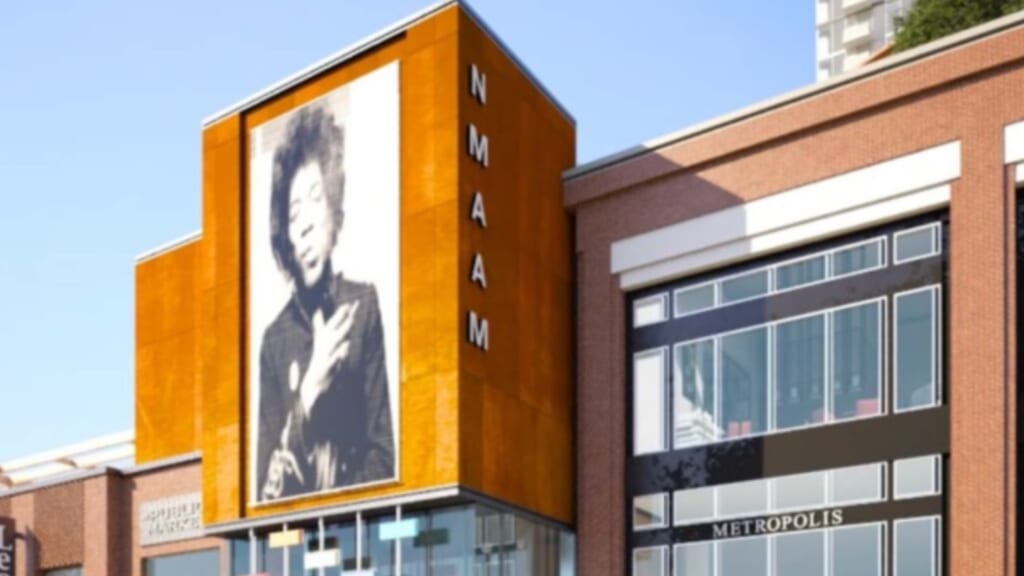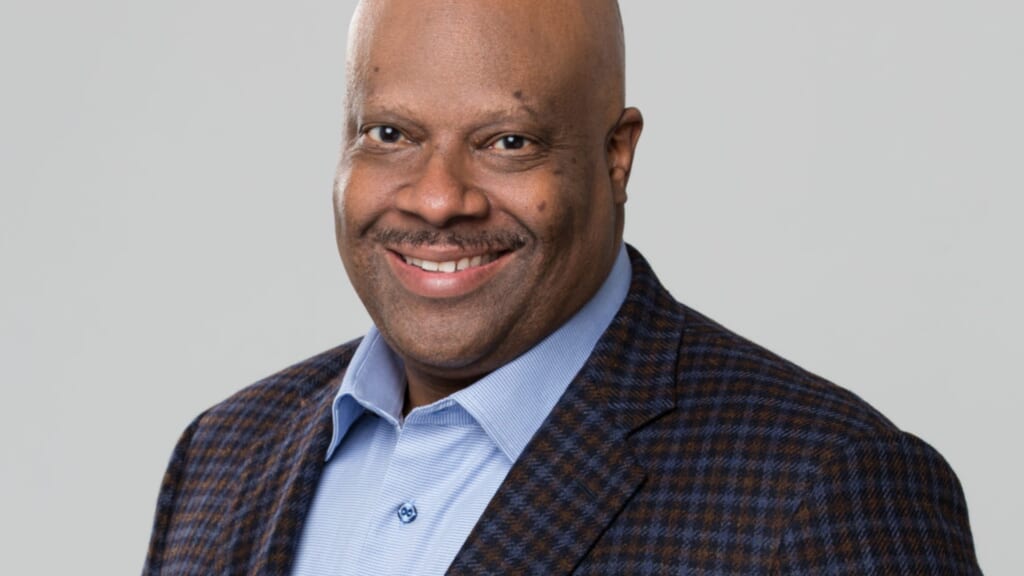Museum dedicated to Black American music opens in Nashville
TheGrio spoke with the CEO of the National Museum of African-American Music, which opened to the public Saturday.
The late, great Donny Hathaway once said in a 1973 Sun-Reporter interview that “American music is Black music.” When asked in what way, his answer was simple, definitive and truthful: “In every way.”
All American music, contemporary or otherwise, can be traced back to pioneering Black geniuses, channeling the tradition of Africans who were enslaved on this land, both inwardly and outwardly. It’s that tradition and innovation that has inspired an entire globe of humans, by either being a mirror to the times, a bridge from bondage to enlightenment or simply some motivation to move.

Despite the far-reaching influence of Black American music, it has also been subjected to a long history of critics and gatekeepers relegating the music as shallow, disposable and uncouth. However, the sonic magic and creative forces behind gospel, be-bop, blues, hip-hop, soul, rock & roll and everything in between are undeniable and incapable of erasure. Now, the National Museum of African-American Music has opened in Tennessee to inspire and educate the masses and uplift a city that’s been a hub of said Black American music for generations, but few would guess.
Nashville has had a reputation as the epicenter for country music — and for good reason. It’s the site of the Grand Olde Opry and recording hub to nearly every country singer and musician. However, NMAAM Chief Executive Officer H. Beecher Hicks III says the new institution’s presence in that city is more than appropriate.

“When you really look at American history and look at how American music evolved, Tennessee was and remains a much more significant part of the music industry and in the fabric of music culture than a lot of times people realize,” Hicks told theGrio.
Ever since the Great Migration, Tennessee has been a major junction point for music and culture. Memphis was the original home of Stax Records and birthed legends like Booker T. Jones, Maurice White and Isaac Hayes, plus hip-hop acts like Three 6 Mafia and Eightball & MJG. Nashville is the origin of the Fisk Jubilee Singers. It was the city where the young Jimi Hendrix and Billy Cox played small clubs after leaving the military. It’s even a current home base for contemporary pop and R&B, such as the Grammy-nominated songwriting and performing duo Louis York.
Read More: Singer Chloe Bailey tearfully addresses public over critiques of her sexy image
“If music is the focus in this town, then it’ll be black music,” Hicks said. “And so we just want to bring that a little bit more to the fore. I think this museum helps go in that direction.”
According to Hicks, the conception of NMAAM dates all the way back to 1998, with a tentative title of the Museum of African-American Music, Art and Culture.
The Nashville Chamber of Commerce got onboard in 2002 to discuss and gauge the feasibility of the museum in that city. It was renamed to the National Museum of African-American Music in 2011, the same year Hicks became its board chair. In 2015, two years after Hicks became NMAAM’s CEO, construction was planned, but delays kept the groundbreaking from happening until 2017. The building was finally finished in August 2020.
Read More: Tiffany Haddish and Common get hot and steamy with #SilhouetteChallenge
The original opening for NMAAM was planned for Labor Day 2020, however, the COVID-19 pandemic forced the postponement and major pairing-down of their ambitious plans for celebration. Hicks and his team, though, were fully able to adjust.
As its rescheduled ribbon-cutting date of MLK Jr. Day drew closer, virtual events took place via the museum’s social media platforms. Online conversations with artists and virtual concerts from singers like Eric Roberson helped build NMAAM’s new audience, as well as be a sign of things to come.
“This really is the history of American music, and American music is Black,” Hicks said. “And so I look at it as much a history museum as it is a music museum. And as such, there’s both the performance side, there’s also the business side.”
Read More: ‘In Living Color’ TV writer Marc Wilmore is dead after COVID-19 battle
The state-of-the-art National Museum of African-American Music facility is 56,000-square-feet, including a 200-seat theater, multi-purpose rooms set for classes and seminars and six gallery spaces with exhibitions that tell the linear story of Black American music, tracing its 17th-century African origins to the emergence of the blues during the Great Migration of the early 1900s all the way up to the present day.
One of NMAAM’s special features is its “Rivers of Rhythm” gallery featuring interactive, immersive touch panels that zero in on important musical moments and figures.
“You can go on, go on to interact, pick an artist, and then it will tell you who their peers are, who their influencers are and who they influenced,” Hicks explains. “And it does not matter about race or about genre. It really is just who influenced them. And what you find is they are just like the name of our exhibition, ‘River of Rhythm.’ You really can’t control where the water goes.”
READ MORE: National Museum of African-American Music partners with Sony to educate students
“I believe the museum will have a great impact on the Nashville community. Considering Nashville is ‘Music City,’ this was the perfect location for NMAAM,” Hicks told theGrio.
“There are number of NMAAM education initiatives planned to engage and support the youth in the Nashville community,” he added. “Also, the museum will create additional employment opportunities in the local Nashville community.”
The tagline of NMAAM is “One Nation Under A Groove,” phrasing taken from the hook of 1977’s hit single and now-worldwide-classic album a year later by Funkadelic. Hicks says the decision to adopt the song title as the museum’s slogan was “accidental” but fateful.
“We wanted to be, you know, authentically and unapologetically Black. But we also wanted to welcome other people that have other people feel as though they are a part of the institution as well,” he contends. “It’s exactly the story that we want to tell. But it’s also inclusive. And so I think, you know, anybody from any walk of life can feel that we’re really trying to bring people together through the work that we’re doing here.”
An important aspect of NMAAM’s creation has been its power backing. Last month, BMI, Amazon and Sony all announced partnerships and support to NMAAM, with the latter two each donating $1 million. Phil Thorton, a Sony Music executive, is a Nashville resident and NMAAM board member who believes the museum’s presence will give the city a big boost in commerce and education.
Read More: African American Children’s Book Fair to be held virtually this year
For the moment, NMAAM is only open on the weekends, offering tickets online, and for only 90-minute tour allotments through February.
Hicks plans to open the facility seven days a week once the pandemic dies down. In the meantime, NMAAM will continue to engage its online presence through forums, interviews and performances, including their “Music Matters” Artists Chats on Facebook and the forthcoming education programs “Nothing to Something” and “Sips and Stanzas.”
Have you subscribed to theGrio’s “Dear Culture” podcast? Download our newest episodes now!
TheGrio is now on Apple TV, Amazon Fire and Roku. Download theGrio.com today!
